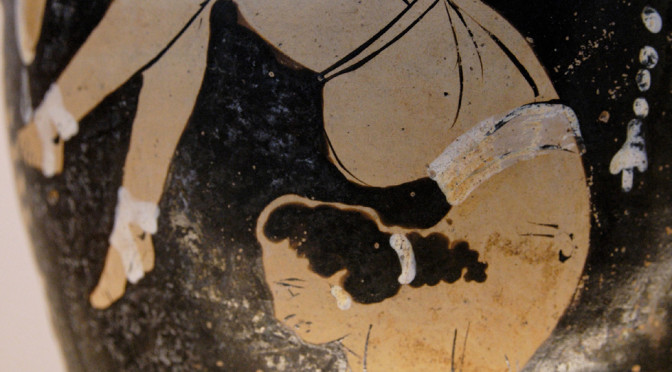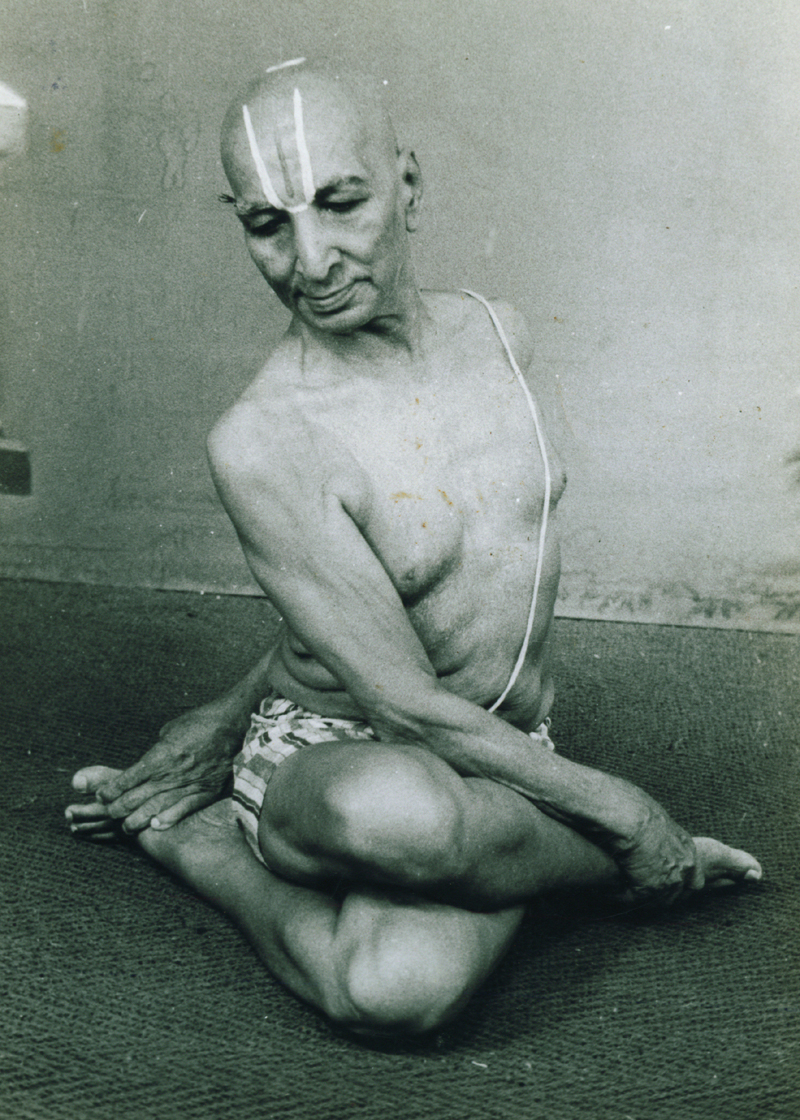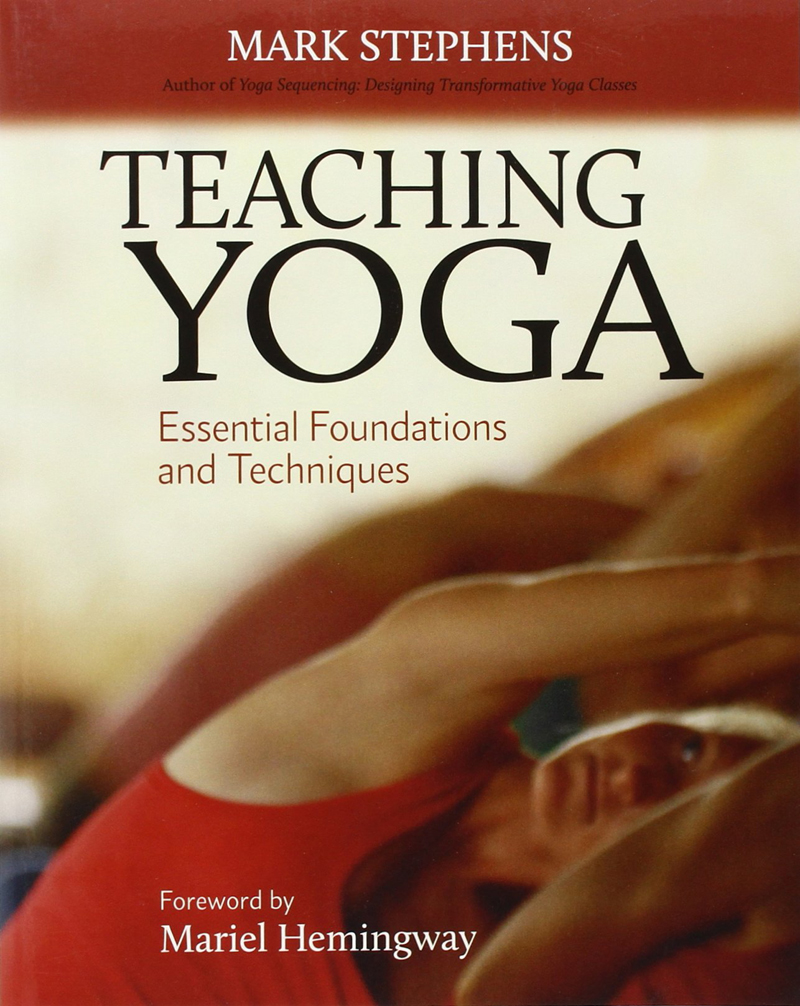joga
BKS Iyengar : Comparative Length in Yoga
Yoga in the World on Flickr
Krishnamacharya Yoga sthira & sukham
Krishnamacharya Yoga is grounded in Patanjali’s description of asana as sthira and sukham: steadiness and ease. While many approaches to asana encourage students to push hard, the Krishnamacharya approach says that without sthira and sukham, there is no asana. If, in going into a pose, you feel tension or pain, you are not ready for that pose. Accepting one’s self as one is in the present moment and practicing poses patiently and progressively, a sequence of poses is created depending on one’s immediate needs and goals. This allows a variation in practices for seasons, daily routines, energy levels, and whatever else is happening in the person’s life right then. Guided by the breath and attuned to the balanced presence of sthira and sukham, a person can then bring varying degrees of dynamism into his or her practice, perhaps flowing with continual movement in and out of poses, or holding poses longer to explore them more deeply (Desikachar 1995, 25–31).
from „Teaching Yoga” by Mark Stephens
Krishnamacharya

Teaching Yoga Mark Stephens
“If you want to learn something,” he says, “read it. If you want to know something, write it. If you want to MASTER something, Teach it!” (Bhajan).
The practice of yoga, as Carl Jung (1953, 529–530) wrote, “amounts to … a method of psychic hygiene.” This psychic cleansing dissolves what the traditional yogic view calls our samskaras: essentially, emotional knots formed in the subtle energetic body from one’s past and manifested in the physical body and the mind.
- yoga is not a practice of attainment; it is an unending process of self-discovery and self-transformation.
- remember that asanas are an expression of unique human beings, not an ideal or static form or “pose.”
- being simultaneously focused and broadly aware—has tangible benefit in teaching.
- remember that you are teaching yoga, not trying to get people into poses. Keep coming back to the principle of yoga as a practice of process, not of attainment.
…a “pose” is static, something a model does for a camera. Asanas, by contrast, are alive, in each moment a unique expression of the human being doing them 1)↓.
| 1. | ↑ | This point is emphasized by Farhi (1999), who stresses that “each asana acts as a container for subtle and dynamic inner movement.” |
Christine Kibel - Dharma Poster

Platon fragment Timajosa
Ruch wywołany ćwiczeniem fizycznym jest najlepszym z tych jakie oczyszczają i regenerują ciało.
Faktycznie istnieje jeden sposób utrzymywania siebie w zdrowiu, polega on na ćwiczeniu duszy wraz z ćwiczeniem ciała, ciała zaś nie zapominając o duszy tak, że obie części mogą być zrównoważone przez drugą stronę i pozostawać w harmonii. Zatem każdy matematyk, czy inny zagorzały wyznawca jakiejkolwiek dyscypliny intelektualnej, powinien dostarczać ćwiczeń swojemu ciału biorąc udział w gimnastyce, podczas gdy ktoś kto dba o rozwój swojego ciała powinien w trosce o siebie praktykować ćwiczenie duszy poprzez angażowanie się w sztukę i umiłowanie mądrości, jeśli naprawdę chcę być godnym podwójnego epitetu „porządku i dobra”.
Platon Timajos





